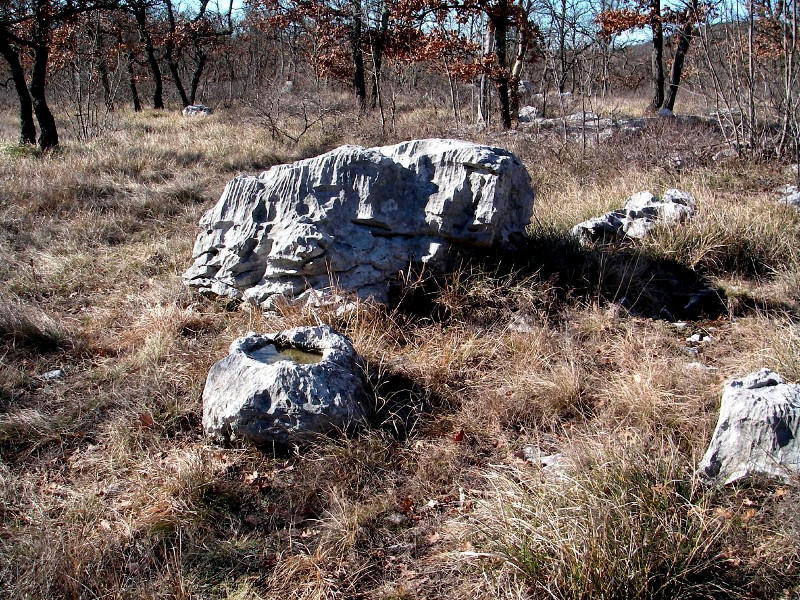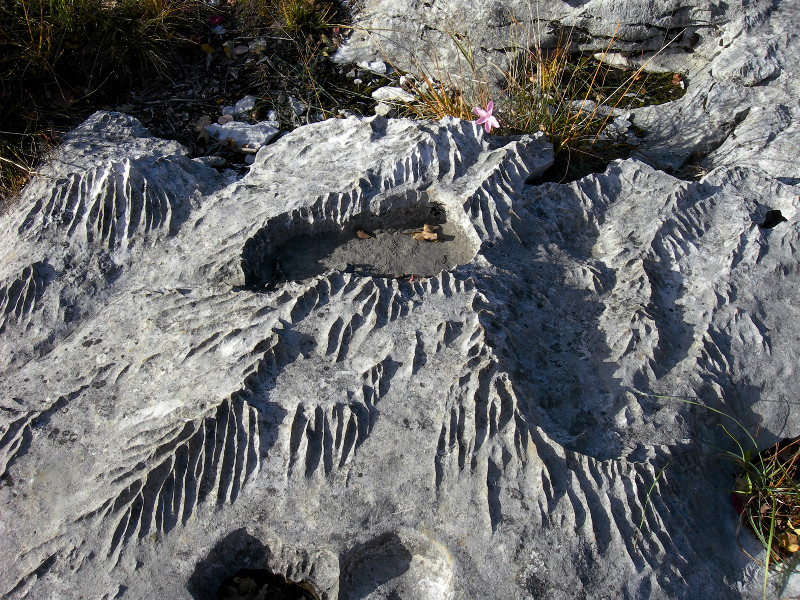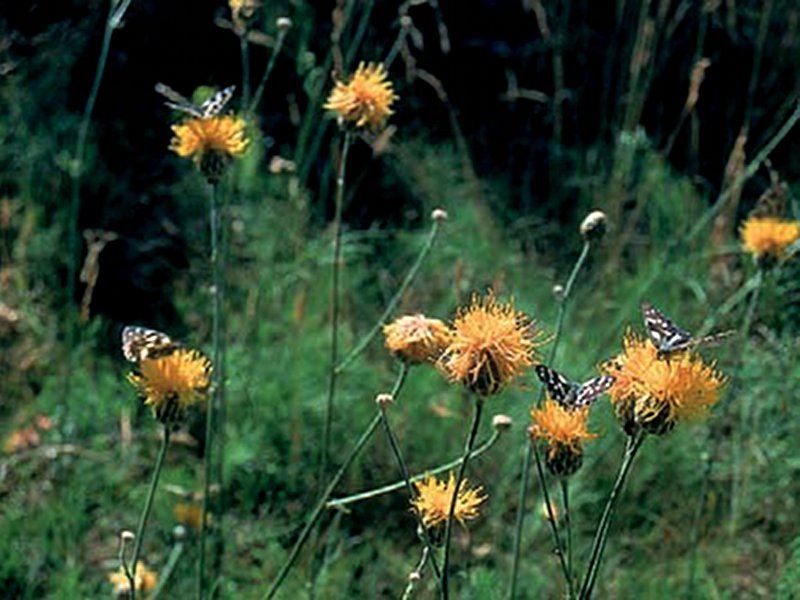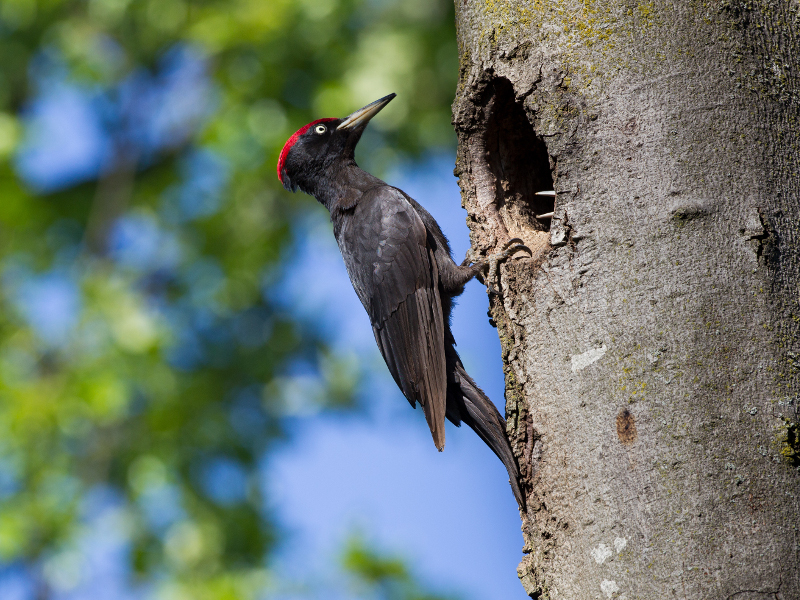Protected Area
Identity Card
- Land Surface Area: 156.00 ha
- Regions: Friuli Venezia Giulia
- Provinces: Trieste
- Municipalities: Monrupino
- Establishment Measures: LR 42, art. 51 30/09/1996
- PA Official List: EUAP0985
- Park Authority: Regione Friuli Venezia Giulia
Further information: www.regione.fvg.it
Physical environment
The Reserve includes a mainly woody area characterized by evident epigeal karst phenomena, especially many sinkholes and grooved fields with corrosion hollows. The karst landscape stands out for the presence of outcrops and for the scarcity or lack of superficial water, especially of river networks. The superficial water is collected in collection points or ponors, then it is channeled within the karst rocky formations. The typical rock formation in this landscape is the doline (sinkhole), a Slovenian term meaning a close depression in the ground with sub-circular or sub-elliptical crown. Dolines are usually larger than deep, and their dimension can change very much.
Further information (Italian text)
Vegetation and flora
Large surfaces are occupied by the karst woodland of hop hornbeams and downy oaks (Ostryo-Quercetum pubescentis), but also sessile and turkey oak forests are present (Seslerio-Quercetum petraeae). There are also some dry karst moors (transition area between the Carici humilis-Centaureetum rupestris and the Chrysopogono-Centaureetum cristatae).
Among the species of the karst moor it is worth mentioning the Centaurea rupestris, Onosma arenaria, Cytisus pseudoprocumbens, Genista sericea, G. sylvestris, Euphrasia illyrica, Centaurea cristata ed Euphorbia fragifera, Crocus reticulatus, Potentilla acaulis ssp. tommasiniana, Gentiana tergestina. The intense bush growing on the moor is a negative phenomenon for the conservation of biodiversity, and it has been caused by the abandonment of the traditional agricultural activities, nevertheless it made the presence of some rare species possible, such as the Rosa gallica and the Trifolium ochroleucon.
Fauna
The Reserve stands out for the presence of remarkable populations of wildcat, whereas the bear, the golden jackal and the deer have been often sighted. As far as the bird species are concerned, the current stage of spontaneous forestation caused the regression of some typical species of the open environments, such as the Alaudidae, and favored the presence of some birds of prey, such as the northern goshawk and the Eurasian sparrowhawk. It also allowed the entrance of species that usually inhabit the mountain forests, such as the black woodpecker. The presence of the European nightjar, of the Eurasian eagle-owl, of the European honey buzzard, of the red-backed shrike and of the woodlark is regular.
Among the reptiles, remarkable species are the nose-horned viper and the Blue-throated keeled lizard, which finds the western limit of its habitat in the Karst region. The biggest corrosion cavities are used by the common toad and by the smooth newt for their reproduction. The Reserve also hosts interesting entomological species, such as the stag beetle and the Morimus funereus having a community importance.










